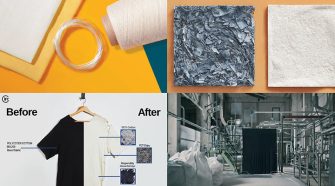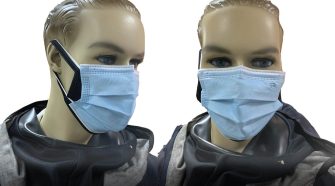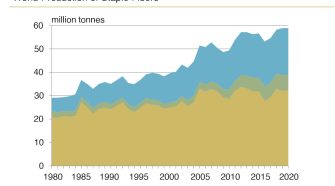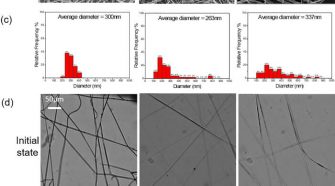Hot Topics

Shifting the needle to Europe’s PET polyester waste
CuRe Technology (Emmen, The Netherlands) Garbo Srl (Cerano, Italy), gr3n (Chiasso, Switzerland), and PerPETual (Remscheid, Germany), are companies all involved in developing new processes for chemically recycling PET polyester for …

BASF gets down to the business of sustainable cotton
BASF’s e3 Sustainable Cotton program is designed to directly connect members of the cotton fiber value chain, from cotton farmers to brands to retailers. e3 stands for equitable, economically viable …

Masking strategy to counter infection
With COVID-19 now making its third major wave with Omicron, even vaccine-boosted people have been infected with this variant, demanding countermeasures such as the use of masks, avoiding gatherings and …

The Fiber Year 2021 – world staple fibers
Global supply of staple fibers in 2020 accounted for nearly 59 million tonnes, 52% of the world fiber and yarn market. Their share continuously diminished from more than 80% in …

COVID-19 Update: Texas Tech researchers author study using new standardized mask filtration testing to evaluate effectiveness of alternative facial coverings
With the coronavirus (COVID-19) spreading worldwide, International Fiber Journal is tracking stories relevant to the textile fiber industry. Facemasks, personal protective equipment, medical supplies and wipes are among the fiber-intensive technologies …

